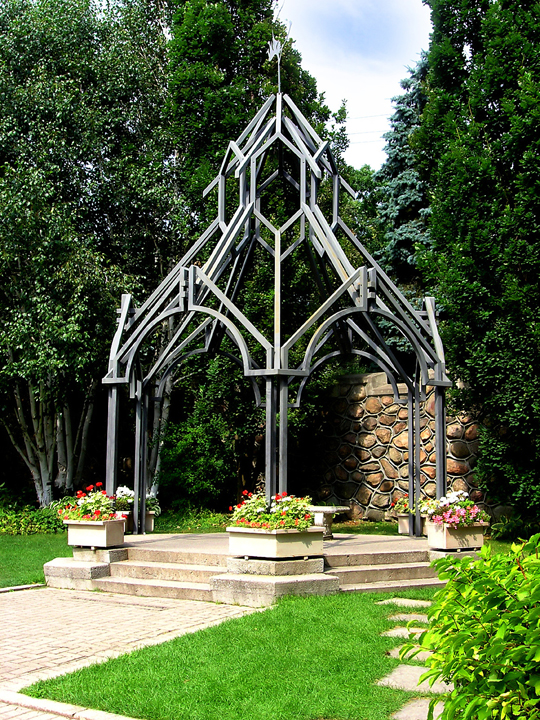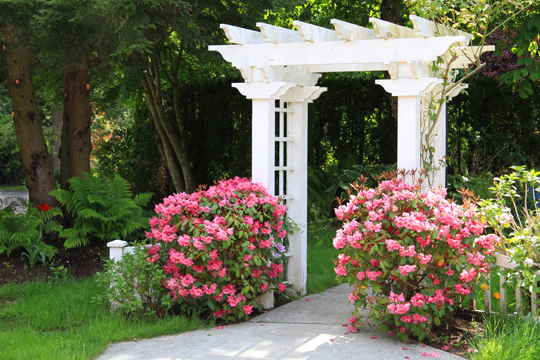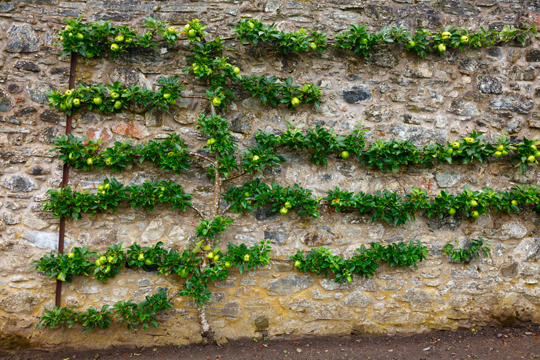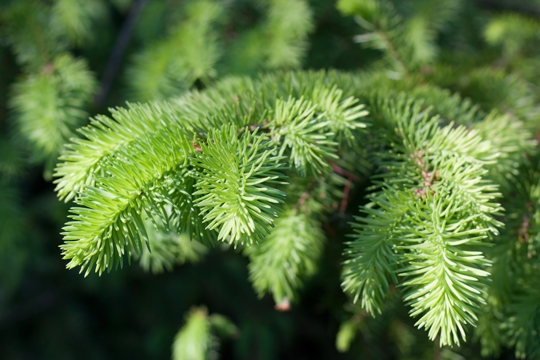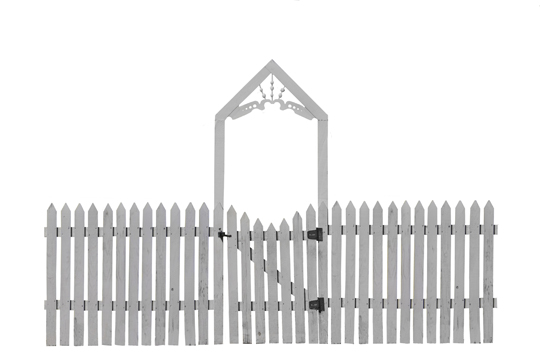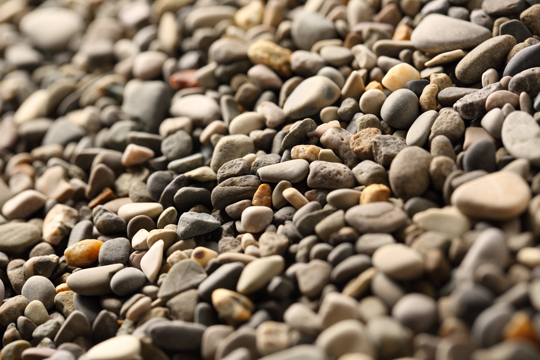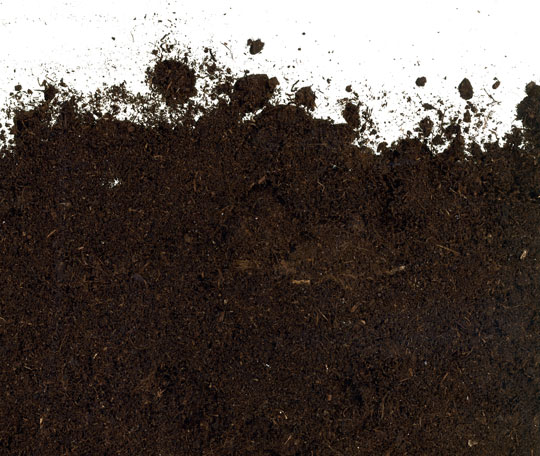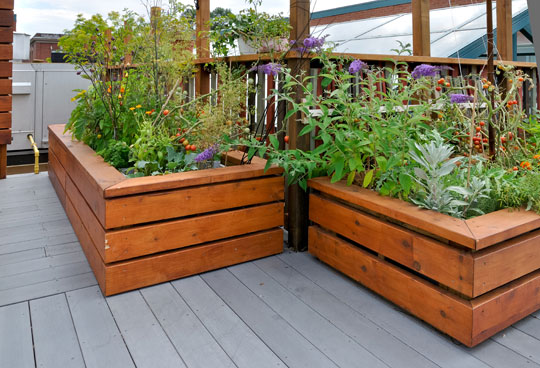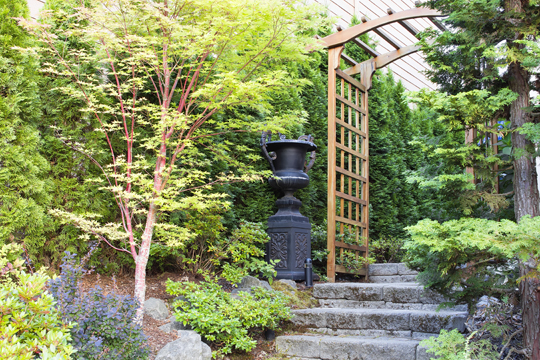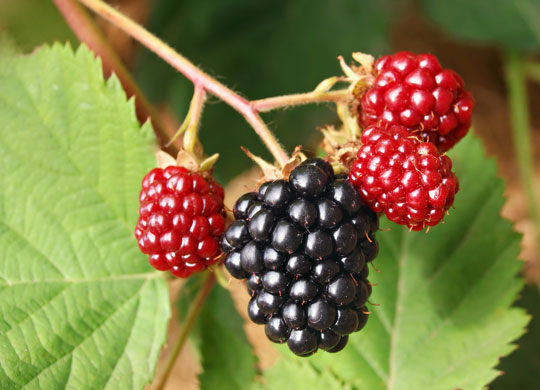So you’re not a skilled metal worker — so what?! You still probably have what it takes to build a metal arbor.
The beauty of metal arbors is that they do not have to be perfect, nor do you have to use brand new pieces of metal. The arbors with the most character show their age and are a little dilapidated. This gives your arbor a rustic look that always complements a garden quite well.
The toughest part will be finding your materials.
Where To Find Materials To Build A Metal Arbor
As stated above, sometimes the older looking arbors have the most character. For this reason, you can go to a metal scrapyard and look for materials that might work well with your arbor.
You have to find materials for the minimal arbor, which is essentially three trellises — two that stand vertically with the other resting over the top. Of course, you can always purchase the materials, too. A lot of products are treated to look like they have a lot of age on them. You can still achieve a rustic feel with new materials.
Installing A Basic Metal Arbor
Using metal wire, you can fasten the top portion of the arbor to the two trellises. Make sure that the trellises are securely fastened to the top piece before you go forward installing the arbor.
To ensure that the arbor does not tip over, you’re going to have to drive it into the ground a little ways. You can always measure where the feet of the trellis will fall, and dig small holes there. Once the feet fall into the holes, fill them back up with dirt to make sure it is secure.
Professional Help Is A Click Away
If you do not have any desire to build a metal arbor, professional landscapers can install them, and other features, for you. Don’t know where to find reliable help? Try using TalkLocal. We scour your local area and find qualified help that you can count on. You just wait by the phone for someone to call you. It’s that easy.

